Patchwork is considered to have emerged in 18th century England, but some of its different techniques might be much older and traced back to ancient times. The craft saw some decline after WWII, but its Renaissance occurred in the 1970s, when any folklore style was modern again. The applied art of patched bedspreads, blankets, pillow cases etc. started gaining popularity in Bulgaria towards the late 1980s. However, Kremena Kambova had already discovered patchwork and she has been giving her best for her pieces of artwork in the course of over 40 years!
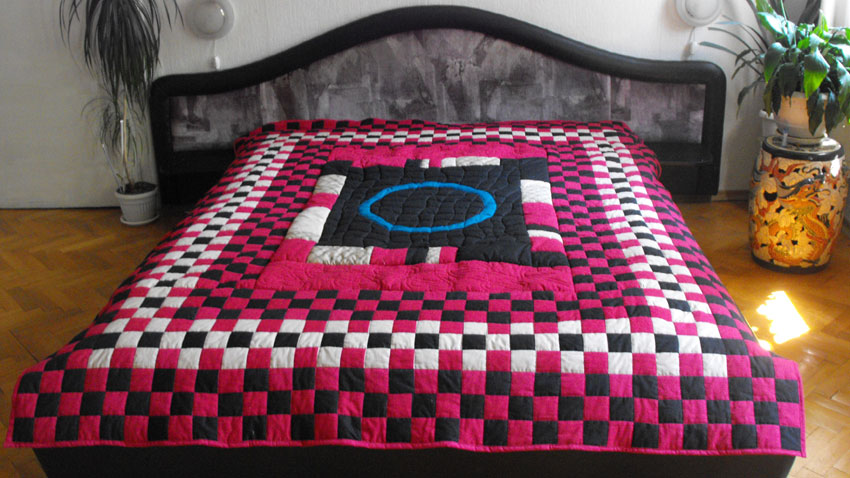
“TV host Brigita Cholakova was the first person who discovered me back then – it was around 1986. She said on air: ‘Every woman who produces something with her hands, please feel free to take it to my show.’ That was when she told the audience about me and the then little unknown handicraft, while a few years later she did the same on the pages of her first magazine.”
Kremena Kambova has taught herself everything she knows. When years later she saw on the Internet real patchwork she was very surprised, as obviously her natural feeling for beauty and art had resulted in similar patterns years ago. She wouldn’t deny the modern stuff (applications, beads, lace and even metal) and even uses such techniques, but classical patchwork has remained her big love.
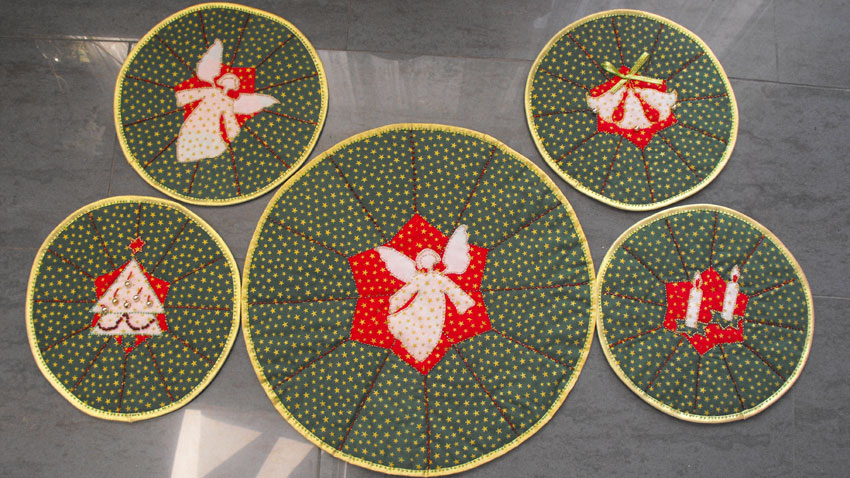
“Classical patchwork consists of the sewing together of the upper layer’s pieces, the placing of wadding in between and the joining with the third layer. The front side is the essential thing - this is the art of patchwork. It has to be beautiful, to show harmony, to be complete and organized. The classical style includes geometrical figures, which can be placed differently, depending on the author’s taste. One should know what she wants to do and what is most important – the pieces of cloth and colors should be properly selected. Everything is handmade with the classic patchwork and it takes a lot of time.”

“I do think that utilization is a major feature of patchwork, i.e. it has to be used in everyday life,” Kremena Kambova says. She is not a fan of modern patchwork, as the objects made this way – panes, pictures and posters, only bring in the feeling of aesthetics.
“Patchwork carries the spirit of the house, that of the person herself. Besides that, it shows the positive side of having such a hobby. Each person gets old, her socially active work stops, while ladies with that hobby have something to do with their hands, brain and senses. One has what to think about and this is magnificent,” says Bulgaria’s patchwork pioneer.
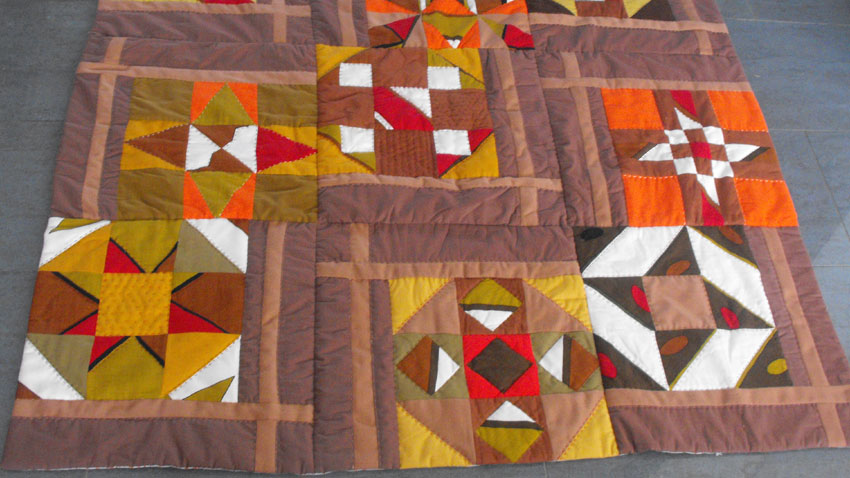
Kremena Kambova is a fan of textiles’ mixing, as the different materials provide greater softness and diversity. She uses cotton, flax and leotard in her work. She stays away from shiny textiles and thinks that balance is what’s important anywhere. Everything has to be carefully touched by the hands and the heart, as even the slightest inclination turns into kitsch, unpleasant for the eye. What about the creation process?
“The idea comes first. You think about something that you would like to create and picture it in your head. Then comes the rest: spinning, spilling, cutting, throwing… I tend to be more like a creative person, but have at the same time realized that patience is essential to make something good,” Kremena says.
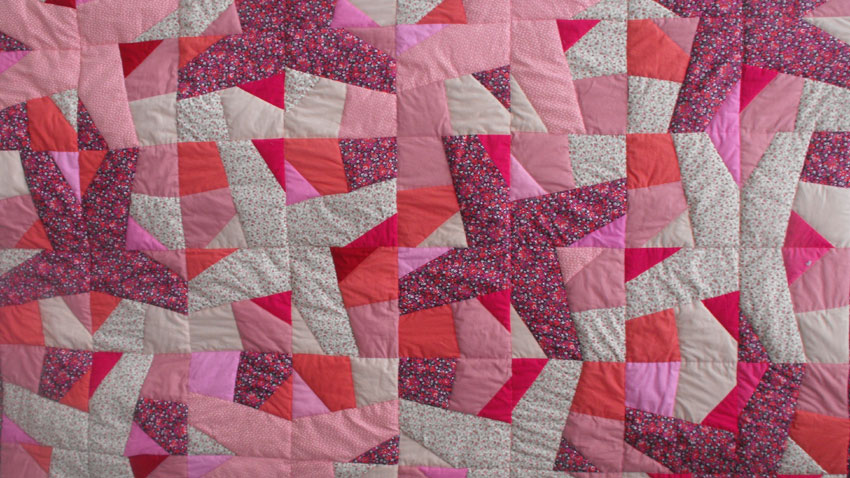
Patchwork has been gaining its popularity in Bulgaria over the past years via Facebook groups, exhibitions and workshops – that is where the opinion and experience of Kremena are valued the most. At the same time people appreciate and use with pleasure the results of patchwork masters’ work. Whenever she gives her work to somebody, Kremena has only one requirement – the person to like it, to love it, to use and enjoy it and to throw it away after having been torn due to the long use…
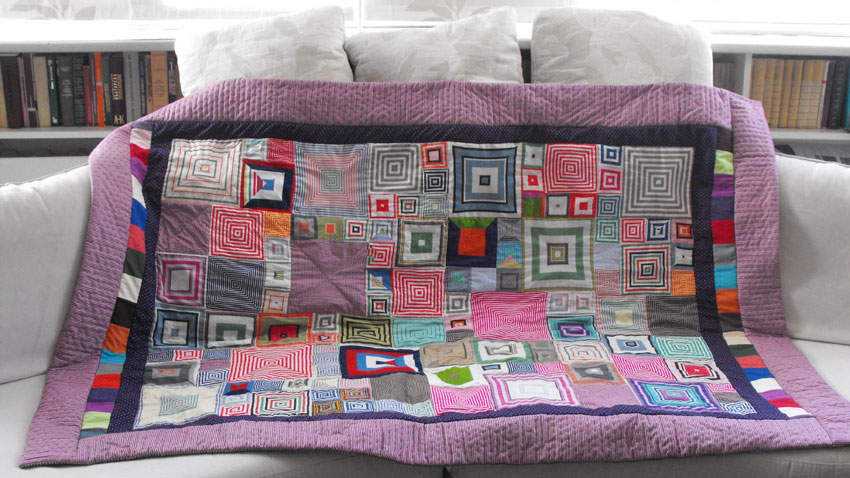
English version: Zhivko Stanchev
Scientists from the Department of Astronomy at the Sofia University “St. Kliment Ohridski” have studied M2 (Messier 2) – one of the oldest globular clusters in our galaxy. Globular clusters are groups of stars bound together by mutual gravity and are..
Until July 13, 2025, Hisarlaka Park near the town of Kyustendil is welcoming thousands of tourists, adventurers and history enthusiasts.The fifth edition of the "Hisarlaka Experience" festival offers unforgettable experiences amidst the walls of the..
At the beginning of the last century, Dubai was a tiny town of around 1,200 people with a small port on the Persian Gulf. Thanks to its geographical location, however, it soon became an important port for foreign traders, particularly Indians,..
Slovenia becomes the first Eastern European country to legalize assisted dying Slovenia’s parliament has approved a law to allow assisted..
Bulgaria has appeared in a ranking by Italian media Il Messaggero, which recommends 10 of the most affordable and low-budget seaside..

+359 2 9336 661
